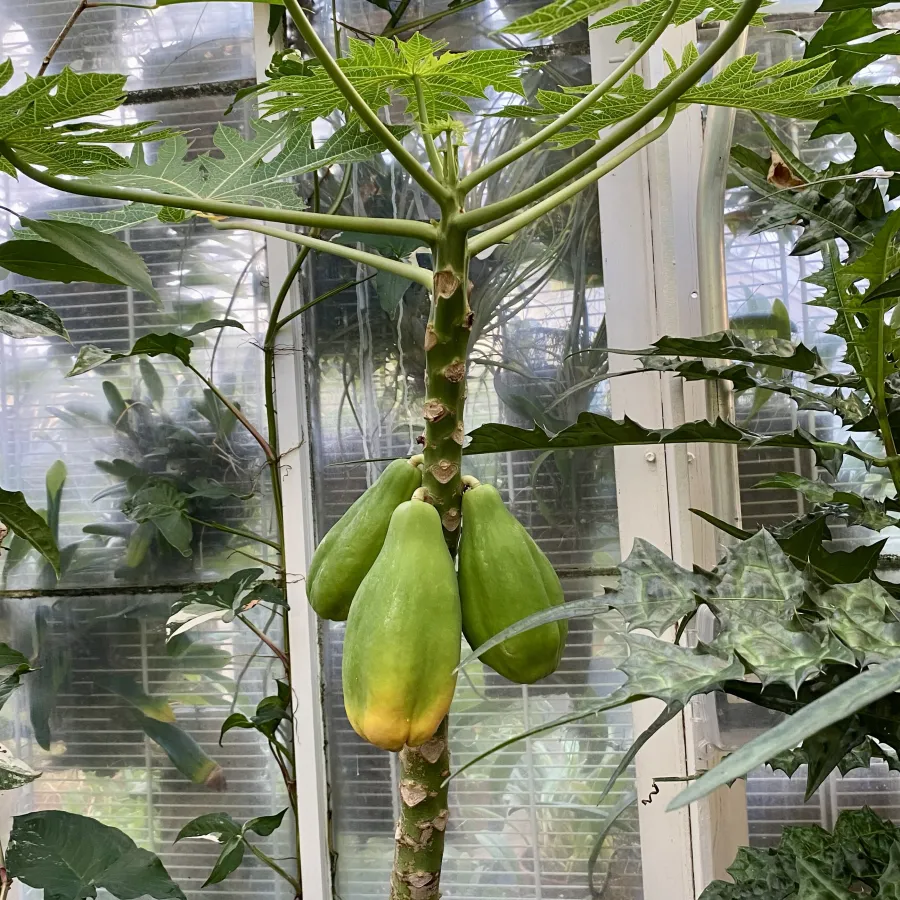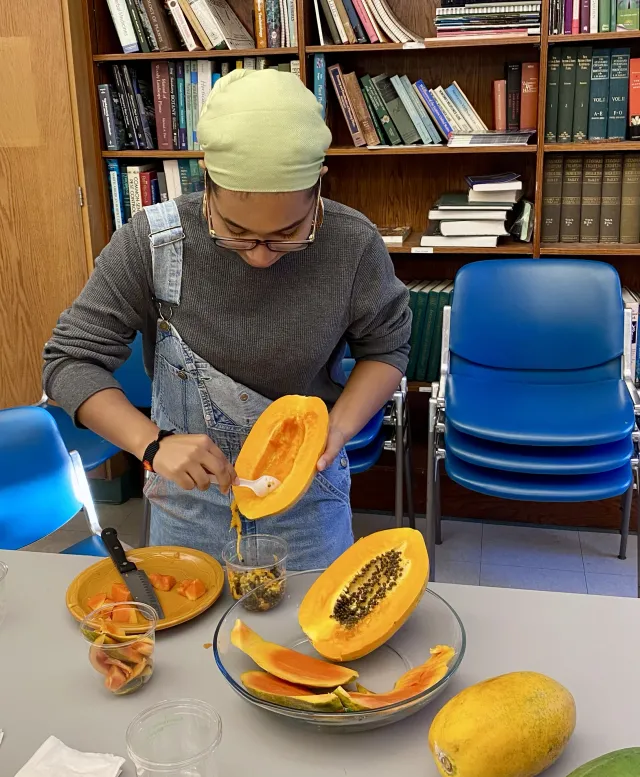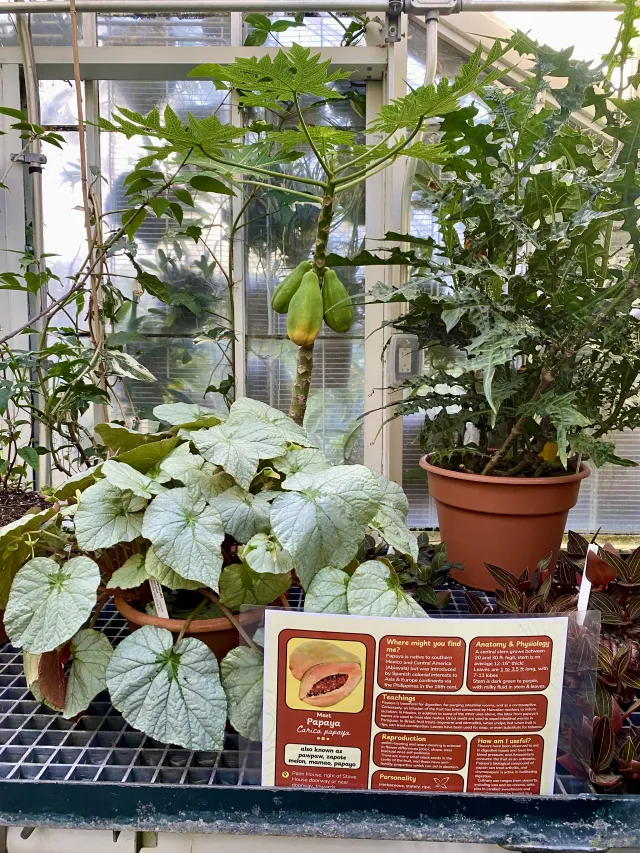Nurturing Relationships: The Botanic Garden of Smith College Sprouts the New Food as Medicine Series During Late Hours
News
“Let food be thy medicine and medicine be thy food”-Hippocrates

Published November 11, 2025
As the leaves are beginning to fall and plants are beginning to frost, the Botanic Garden of Smith College is putting a new spin on the phrase “food for thought”.
Hosted once a month during extended hours, Food as Medicine is a new series that strives to highlight the potential health benefits of edible plants in hopes to reframe the perspective Smithies hold to plants and food alike.
“Food as medicine’ is something we hear so often, but we don't necessarily actually think about it when consuming,” Manager of Engagement Anjali D’Souza explained.
“Whenever we put different things into our body, we aren't thinking, ‘This is going to improve my body’, or, ‘This is going to harm my body’. We just kind of eat often based on what's in front of us, based on what's familiar to us, based on what we think our body is craving, or different emotional states that we're in.”

October’s plant was papaya (Carica papaya) which has been linked to improved blood pressure, skin rashes, digestive issues and much more. D’Souza continues on to explain that one way Food as Medicine is trying to change the perspective between students and plants is by cultivating connections between the two. Papaya was the food being shared in this month’s series because the plant in the botanic garden collection was bearing fruit.
“The botanic garden wants to foster relationships between humans and our plant relatives, and one way we already have a relationship with so many of those is by actually ingesting them, and them becoming a part of our bodies,” said D’Souza.
But D’Souza did add a sharp word of caution on how to interpret the information that is shared in this series: don’t read the educational materials presented at the series and think you can treat yourself medically through these plants.
“What I don't want teens to do is just read these [infographics] and think like, ‘I'm going to treat myself.’ Because, for example, papaya can lessen the impacts of diabetes and lower fertility. I don't want students to be like, ‘Let me treat myself’ if they're actually struggling with a health issue,” said D’Souza.
Instead of trying to dangerously self medicate one’s own health issues, D’Souza’s goal is linked to the central theme in this ongoing series.

D'Souza said, “ I think that we can daily think about what we consume and have balance and be really attentive to our bodies and our minds in relation to what we're surrounded with”.
For the month of November, the botanic garden is kicking into an autumn swing with these next plants. Sofi Packard, the engagement intern at the botanic garden has been helping work on the events and interpretation materials and gave insight on what’s to come.
Packard said, “The three sisters [corn, beans, and squash] will be our next focus. It’s pretty on theme because they're often the plants you think of when you think of Thanksgiving and how Native people helped the colonizers learn how to grow corn and extract its nutrients.”
Aside from the relationship people have with plants, Packard also highlighted the relationships plants have with each other.
“And [the three sisters] are pretty striking because they grow best together. I think that’s a beautiful thing,” said Sofi Packard.
The date for the next Food as Medicine event is Tuesday, November 18 in Lyman Plant House of the botanic garden. This series is just for Smith students and is part of the weekly Late Hours at Lyman which keeps the doors open for Smith students every Tuesday from 4:00-6:00 pm.